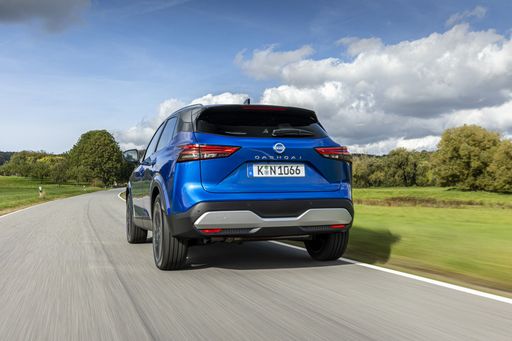A Battle of Versatility vs. Agility: Nissan Qashqai vs. SEAT León
The automotive world continually evolves as manufacturers blend innovative technology with driver demands. Two models leading the charge are the versatile Nissan Qashqai and the agile SEAT León. This comparison delves into the technical aspects, performance, and innovations that define these compelling 2024 models. Both vehicles cater to distinct but overlapping markets, making this comparison all the more intriguing.









